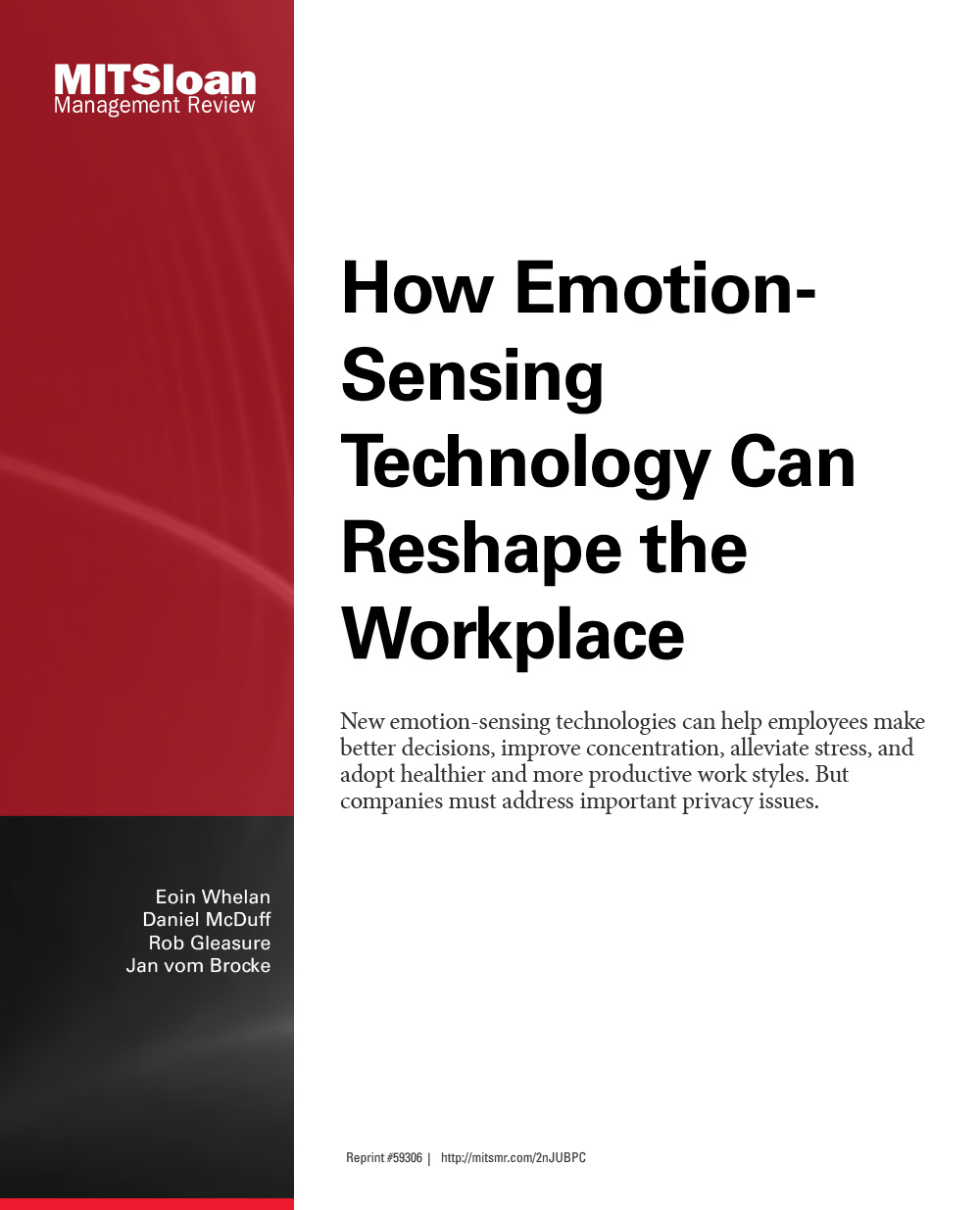To prevent email from feeling like a burden, teams should develop shared practices to enable it to help — not harm — employee productivity. This begins by developing an understanding of the relative effects of congruent vs. incongruent messages.
Leadership
Organizations are more challenging to manage than ever — with technological advances, unprecedented uncertainty, and novel workforce demands. Learn how to lead teams and organizations through it all.
Page 25 of 46










